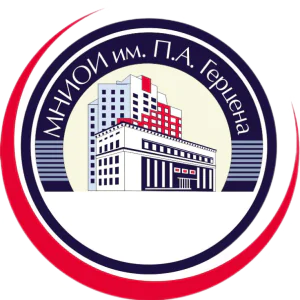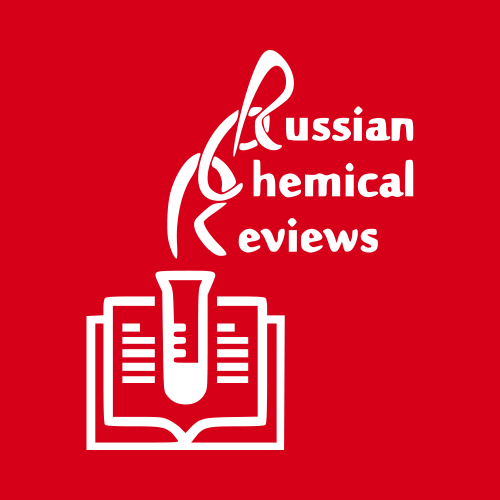Improved 3-D Protein Structure Predictions using Deep ResNet Model
Publication type: Journal Article
Publication date: 2021-09-12
scimago Q3
wos Q4
SJR: 0.458
CiteScore: 3.6
Impact factor: 1.4
ISSN: 15723887, 18758355
PubMed ID:
34510309
Organic Chemistry
Biochemistry
Analytical Chemistry
Bioengineering
Abstract
Protein Structure Prediction (PSP) is considered to be a complicated problem in computational biology. In spite of, the remarkable progress made by the co-evolution-based method in PSP, it is still a challenging and unresolved problem. Recently, along with co-evolutionary relationships, deep learning approaches have been introduced in PSP that lead to significant progress. In this paper a novel methodology using deep ResNet architecture for predicting inter-residue distance and dihedral angles is proposed, that aims to generate 125 homologous sequences in an average from a set of customized sequence database. These sequences are used to generate input features. As an outcome of neural networks, a pool of structures is generated from which the lowest potential structure is chosen as the final predicted 3-D protein structure. The proposed method is trained using 6521 protein sequences extracted from Protein Data Bank (PDB). For testing 48 protein sequences whose residue length is less than 400 residues are chosen from the 13th Critical Assessment of protein Structure Prediction (CASP 13) dataset are used. The model is compared with Alphafold, Zhang, and RaptorX. The template modeling (TM) score is used to evaluate the accuracy of the estimated structure. The proposed method produces better performances for 52% of the target sequences while that of Alphafold, Zhang, RaptorX were 10%, 22.9%, and 6% respectively. Additionally, for 37.5% target sequences, the proposed method was able to achieve accuracy greater than or equal to 0.80. The TM score obtained for the sequences under consideration were 0.69, 0.67, 0.65, and 0.58 respectively for the proposed method, Alphafold, Zhang, and RaptorX.
Found
Nothing found, try to update filter.
Found
Nothing found, try to update filter.
Top-30
Journals
|
1
|
|
|
Protein Journal
1 publication, 12.5%
|
|
|
Applied Soft Computing Journal
1 publication, 12.5%
|
|
|
Multimedia Tools and Applications
1 publication, 12.5%
|
|
|
Russian Chemical Reviews
1 publication, 12.5%
|
|
|
Frontiers in Pharmacology
1 publication, 12.5%
|
|
|
Lecture Notes in Networks and Systems
1 publication, 12.5%
|
|
|
Methods in Molecular Biology
1 publication, 12.5%
|
|
|
Discover Sustainability
1 publication, 12.5%
|
|
|
1
|
Publishers
|
1
2
3
4
5
|
|
|
Springer Nature
5 publications, 62.5%
|
|
|
Elsevier
1 publication, 12.5%
|
|
|
Autonomous Non-profit Organization Editorial Board of the journal Uspekhi Khimii
1 publication, 12.5%
|
|
|
Frontiers Media S.A.
1 publication, 12.5%
|
|
|
1
2
3
4
5
|
- We do not take into account publications without a DOI.
- Statistics recalculated weekly.
Are you a researcher?
Create a profile to get free access to personal recommendations for colleagues and new articles.
Metrics
8
Total citations:
8
Citations from 2024:
5
(62.5%)
Cite this
GOST |
RIS |
BibTex |
MLA
Cite this
GOST
Copy
Geethu S., Vimina E. Improved 3-D Protein Structure Predictions using Deep ResNet Model // Protein Journal. 2021. Vol. 40. No. 5. pp. 669-681.
GOST all authors (up to 50)
Copy
Geethu S., Vimina E. Improved 3-D Protein Structure Predictions using Deep ResNet Model // Protein Journal. 2021. Vol. 40. No. 5. pp. 669-681.
Cite this
RIS
Copy
TY - JOUR
DO - 10.1007/s10930-021-10016-7
UR - https://doi.org/10.1007/s10930-021-10016-7
TI - Improved 3-D Protein Structure Predictions using Deep ResNet Model
T2 - Protein Journal
AU - Geethu, S
AU - Vimina, E.R.
PY - 2021
DA - 2021/09/12
PB - Springer Nature
SP - 669-681
IS - 5
VL - 40
PMID - 34510309
SN - 1572-3887
SN - 1875-8355
ER -
Cite this
BibTex (up to 50 authors)
Copy
@article{2021_Geethu,
author = {S Geethu and E.R. Vimina},
title = {Improved 3-D Protein Structure Predictions using Deep ResNet Model},
journal = {Protein Journal},
year = {2021},
volume = {40},
publisher = {Springer Nature},
month = {sep},
url = {https://doi.org/10.1007/s10930-021-10016-7},
number = {5},
pages = {669--681},
doi = {10.1007/s10930-021-10016-7}
}
Cite this
MLA
Copy
Geethu, S., and E.R. Vimina. “Improved 3-D Protein Structure Predictions using Deep ResNet Model.” Protein Journal, vol. 40, no. 5, Sep. 2021, pp. 669-681. https://doi.org/10.1007/s10930-021-10016-7.








